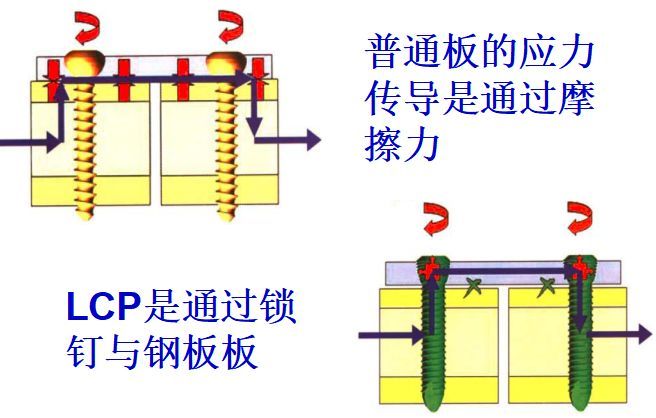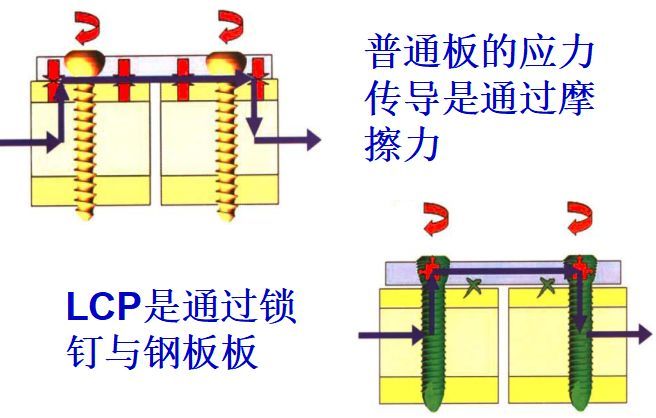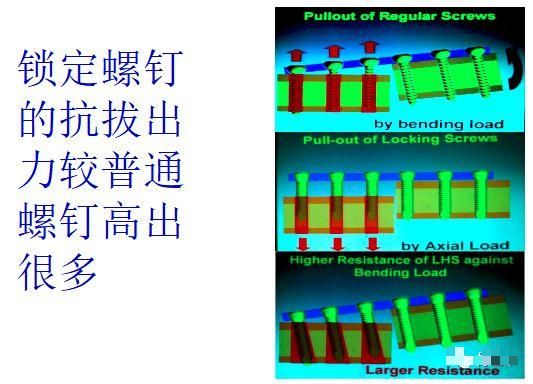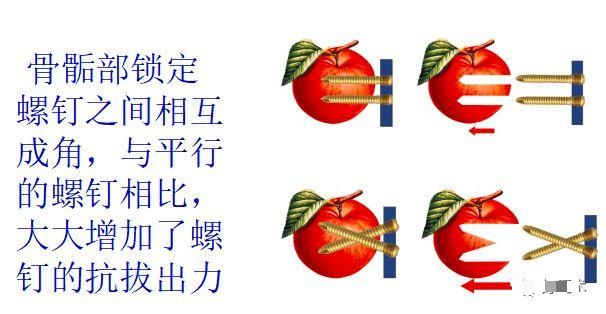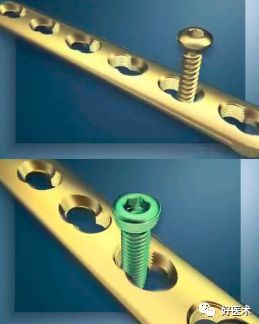A locking plate is a fracture fixation device with a threaded hole. When a screw with a threaded head is screwed into the hole, the plate becomes a (screw) angle fixation device. Locking (angle-stable) steel plates can have both locking and non-locking screw holes for different screws to be screwed in (also called combined steel plates).
1.History and development
Locking plates were first introduced approximately 20 years ago for use in spinal and maxillofacial surgeries. In the late 1980s and 1990s, experimental studies on different types of internal fixation devices introduced locking plates into the treatment of fractures. This secure fixation method was originally developed to avoid extensive soft tissue dissection.
Several factors have promoted the clinical use of this plate, including:
The incidence of comminuted fractures continues to increase as survival rates improve in patients with high-energy injuries and the number of elderly patients with osteoporosis increases in Western Europe and North America.
Physicians and patients are dissatisfied with the results of treatments for certain periarticular fractures.
Other non-clinical promoting factors may include: industry’s promotion of new technologies and new markets; the gradual popularity of minimally invasive surgery, etc.
2.Characteristics and fixed principles
The main biomechanical difference between locking plates and traditional plates is that the latter relies on friction at the bone-plate interface to complete the compression of the bone by the plate.
The biomechanical defects of traditional steel plates: compress the periosteum and affect the blood supply to the fracture end. Therefore, traditional firmly fixed plate osteosynthesis (such as interfragmentary compression and lag screws) has a relatively high complication rate, including infection, plate fracture, delayed union, and nonunion.
As the axial load cycle increases, the screws begin to loosen and cause friction to decrease, eventually causing the plate to loosen. If the plate loosens before the fracture heals, the fracture end will become unstable and eventually the plate will break. The more difficult it is to obtain and maintain firm screw fixation (such as the metaphysis and osteoporotic bone ends), the more difficult it is to maintain the stability of the fracture end.
Fixed principle:
Locking plates do not rely on friction between the bone-plate interface. Stability is maintained by the angularly stable interface between the screw and the steel plate. Because this kind of locking internal fixator has stable integrity, the pull-out force of the locking head screw is much higher than that of ordinary screws. Unless all the surrounding screws are pulled out or broken, it is difficult for a screw to be pulled out or broken alone.
3.Indications
Most surgically treated fractures do not require locking plate fixation. As long as the principles of orthopedic surgery are followed, most fractures can be healed with traditional plates or intramedullary nails.
However, there are indeed some special types of fractures that are prone to loss of reduction, plate or screw breakage, and subsequent bone nonunion. These types, often referred to as “unresolved” or “problem” fractures, include intra-articular comminuted fractures, periarticular short bone fractures, and osteoporotic fractures. Such fractures are indications for locking plates.
4.Application
An increasing number of manufacturers are also offering anatomical plates with locking holes. For example, preshaped anatomic plates for the proximal and distal femurs, proximal and distal tibias, proximal and distal humerus, and calcaneus. The design of the steel plate greatly reduces the contact between the steel plate and the bone in many cases, thereby preserving periosteal blood supply and perfusion of the fracture end.
LCP (locking compression plate)
The innovative locking compression plate combines two completely different internal fixation technologies into one implant.
LCP can be used as a compression plate, a locking inner bracket, or a combination of the two
Minimally invasive:
An increasing number of locking plates have external stent handles, holders, and blunt tip designs that allow physicians to place the plate submuscularly or subcutaneously for minimally invasive purposes.
If you want to know about our products, please contact:
Yoyo
Whatsapp/Tel: +86 15682071283
Post time: Sep-25-2023





